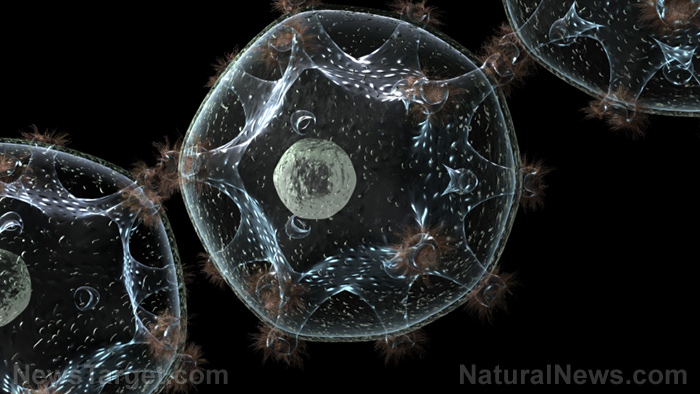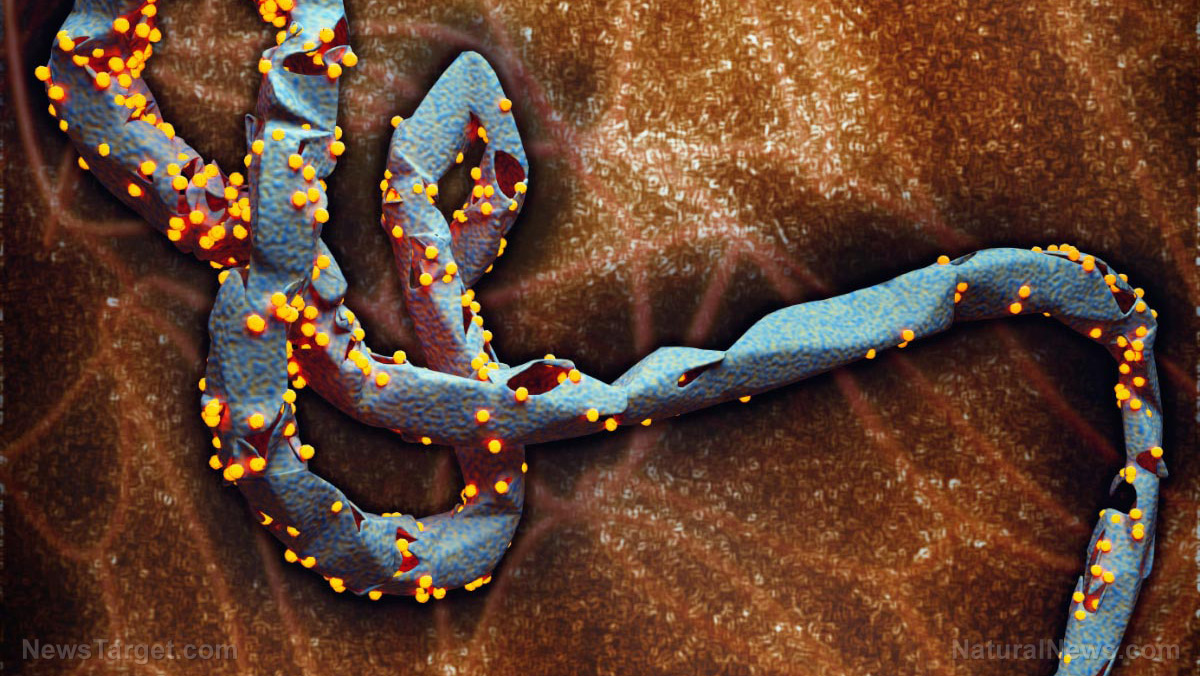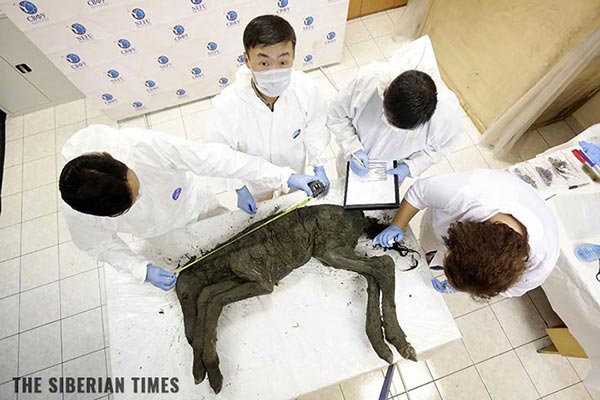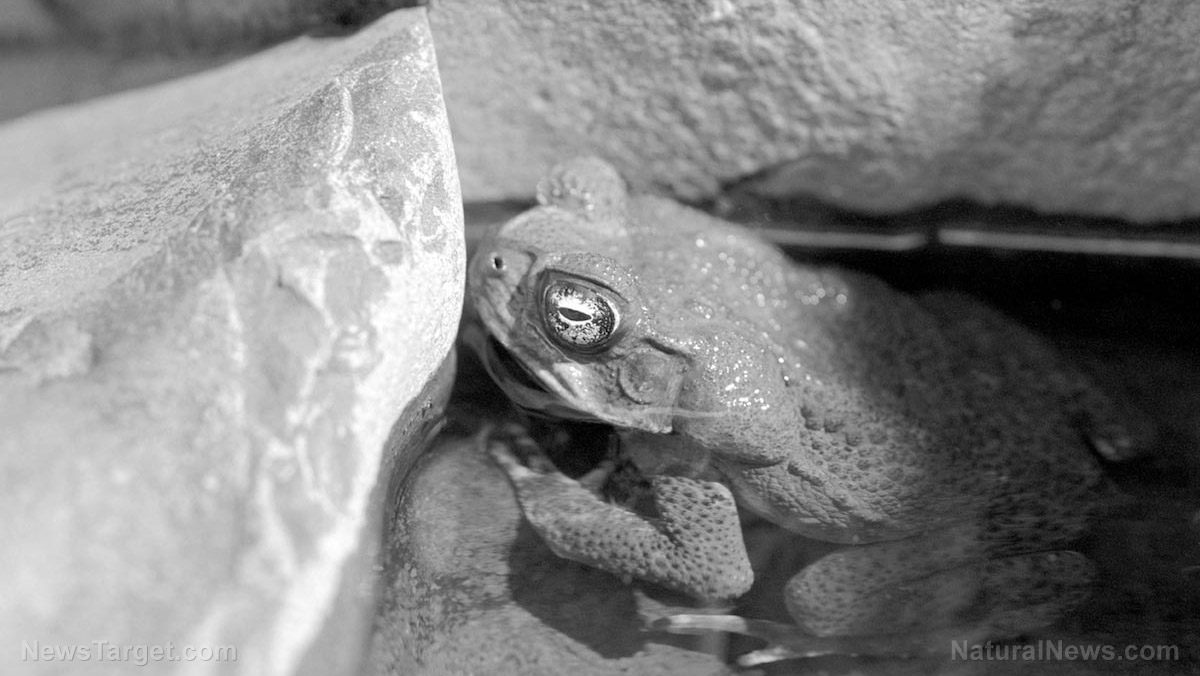Carnivorous pitcher plants have an occasional taste for vertebrates, study finds
02/04/2020 / By Michael Alexander
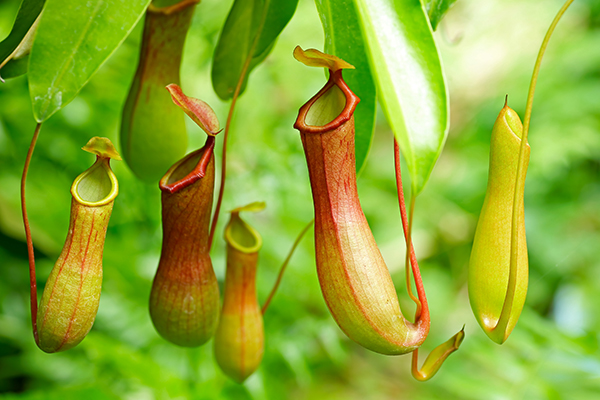
While the northern pitcher plant (Sarracenia purpurea) is well-known for consuming insects and other invertebrates as supplementary food, a recent study published in the journal Ecology points out that about one in five pitcher plants in Ontario’s Algonquin Provincial Park has upgraded its menu to include juvenile salamanders.
While Asiatic pitcher plants such as the Philippines’ Nepenthes attenboroughii are known to consume small birds and mice, this is the first study showing North American counterparts making vertebrates a regular part of their diets.
In an interview with CBC Radio, Alex Smith, an associate biology professor at the University of Guelph in Ontario, said he encountered the then-undocumented behavior from the plants while conducting field work with a team of undergraduates in the area.
According to Smith, he consulted Patrick Moldowan, an ecologist at the University of Toronto, who, coincidentally, spotted the same behavior a year earlier.
The two researchers then conducted a more extensive survey and sampled the contents of several hundred pitcher plants in a section of the park’s wetlands during the late summer, which is when young salamanders metamorphose and leave the water to live on dry land. According to the researchers, they found that roughly 20 percent of the surveyed plants contained at least one salamander, and that numerous pitcher plants had captured more than one salamander at a time.
Smith and Moldowan speculated that the amphibians may have used the plants as refuge once they reached dry land.
“When plants were approached or disturbed, most salamanders rapidly swam to the bottom of the pitcher and tightly wedged themselves out of sight in the narrow, tapered stem of the pitcher,” the researchers noted in their paper. However, they noted that it is also possible that the amphibians were in fact drawn to the pitchers by the insects feeding on the plants’ nectar.
Once trapped in a pitcher, the salamanders survived from anywhere between three and 19 days before they died in the pitcher’s acidic juice. After their deaths, the salamanders decomposed in approximately 10 days. The researchers said the amphibians act as a nutrient boost for the plants, which have evolved to live in food-scarce, highly acidic bogs.
Bog soils are poor in nutrients like nitrogen, so carnivorous plants like venus flytraps, sundews, butterworts and pitcher plants feed on insects to supplement their needs. (Related: Bye, bye, bugs: 12 plants to keep the bugs away.)
Despite the plants’ predation on the small amphibians, the population of the salamanders does not seem to be in decline, as the International Union for Conservation of Nature lists the species as “of least concern.”
In an email to The Smithsonian, Smith said the recent study offers a reminder of “the many secrets that could be hiding in even well-trodden parts of the natural world,” noting that “this crazy discovery” of previously unknown predatory behavior of a plant upon a vertebrate happened in a relatively well-studied area on relatively well-studied plants and animals.
According to Moldowan, he is planning on conducting another survey over a wider period of time, as he wants to find out if the pitchers consume other vertebrates such as frogs and toads. “This is probably a much more widespread phenomenon than we currently recognize,” Moldowan said.
Sources include:
Tagged Under: amphibians, biodiversity, botany, carnivorous plants, conservation, cool science, discoveries, Ecology, environment, pitcher plants, Plants, salamanders, weird science, wildlife
RECENT NEWS & ARTICLES
COPYRIGHT © 2017 DISCOVERIES NEWS


